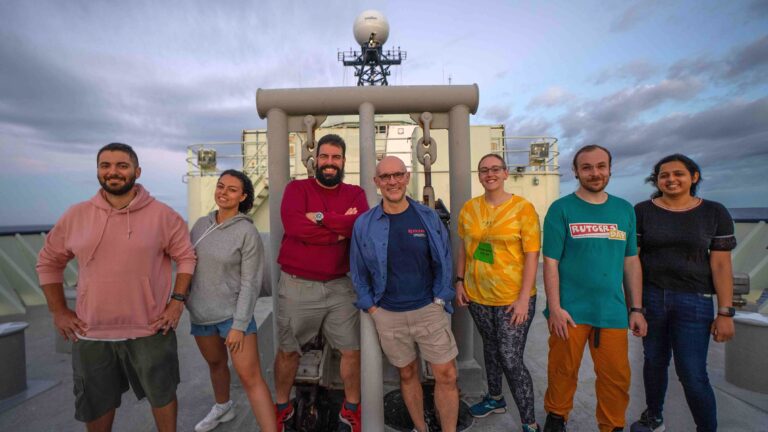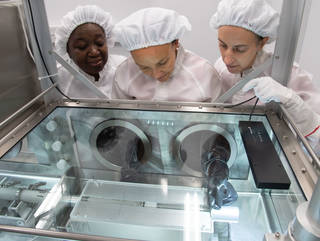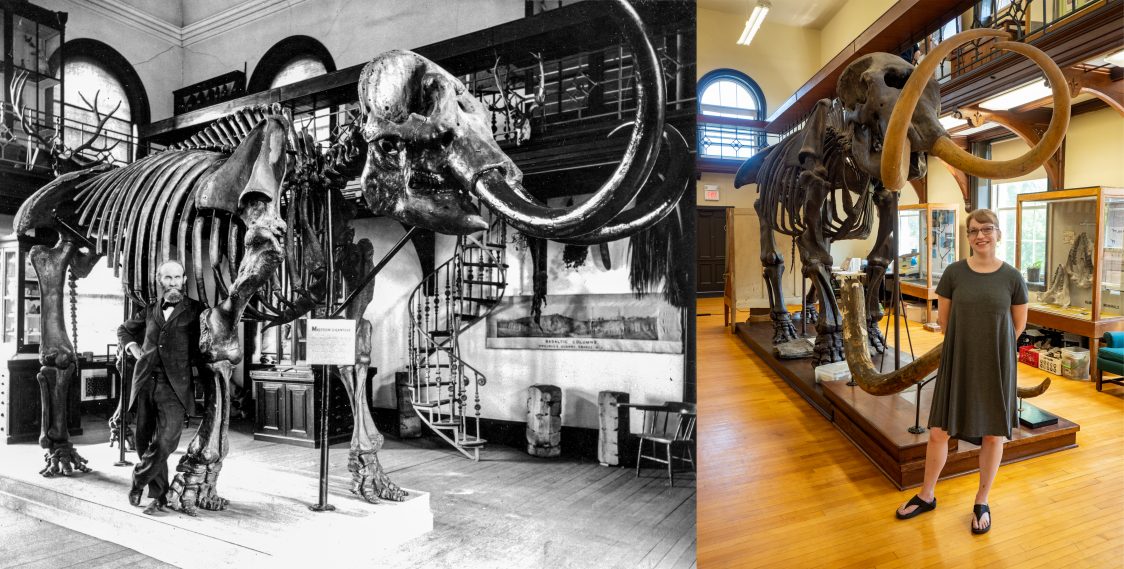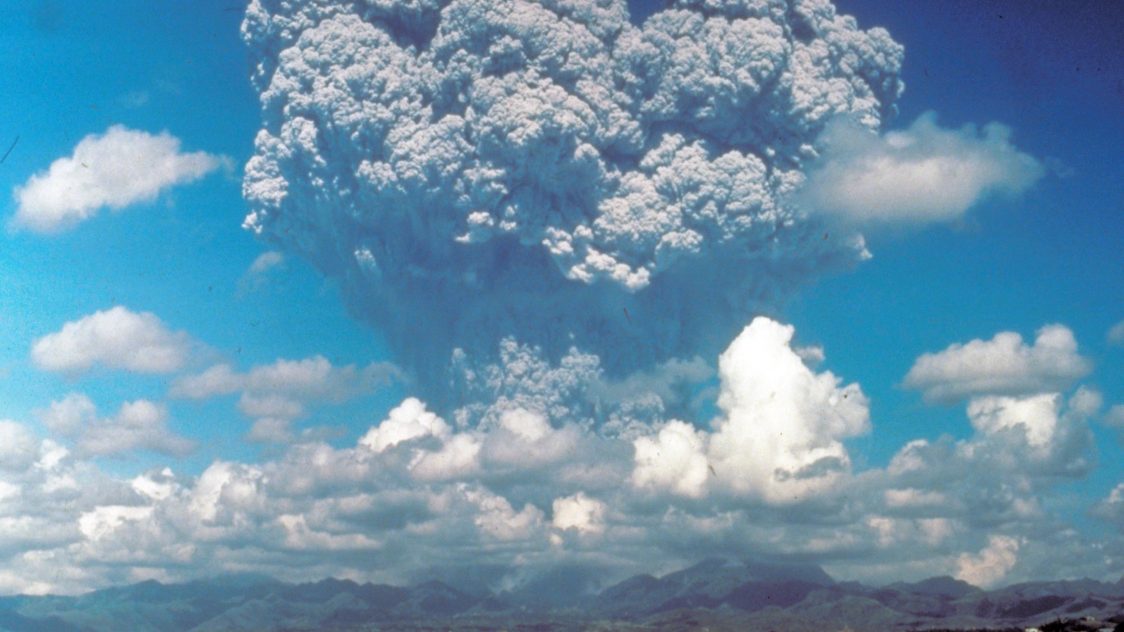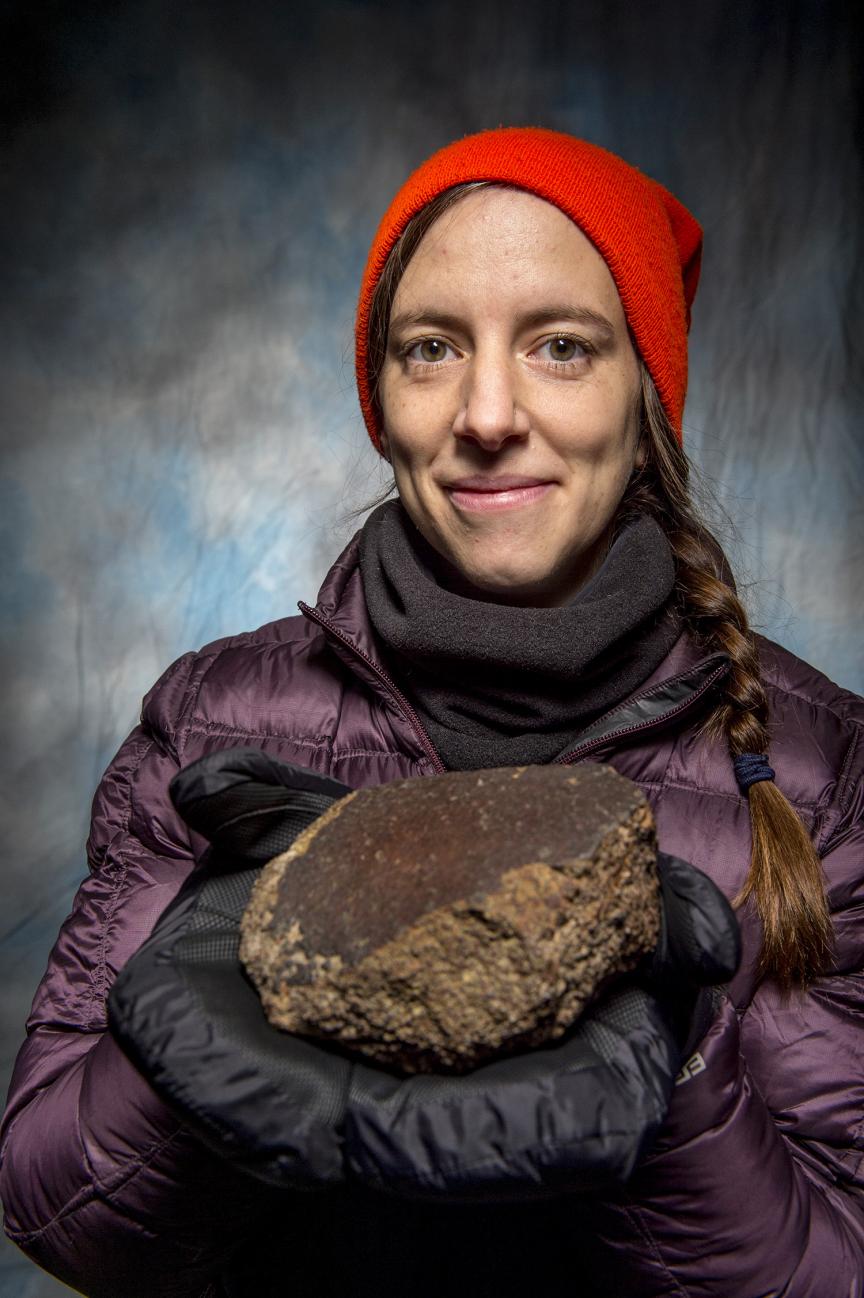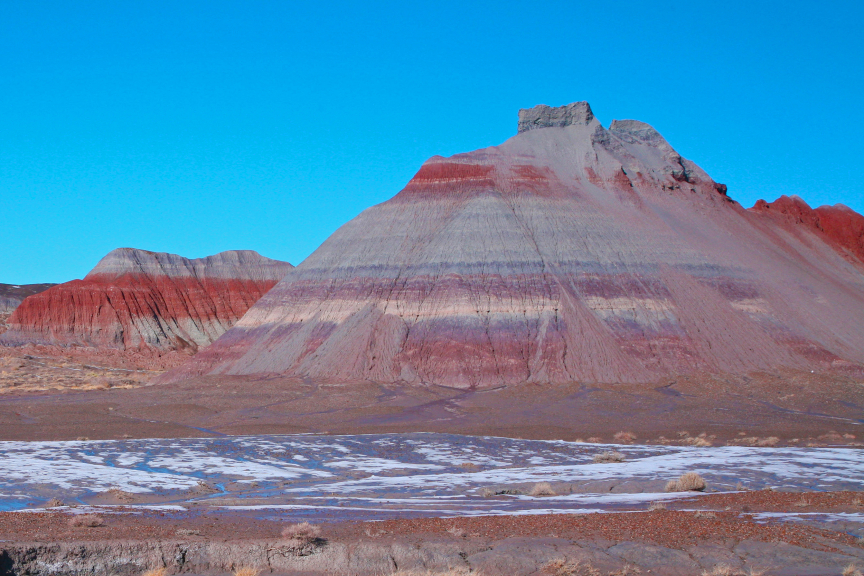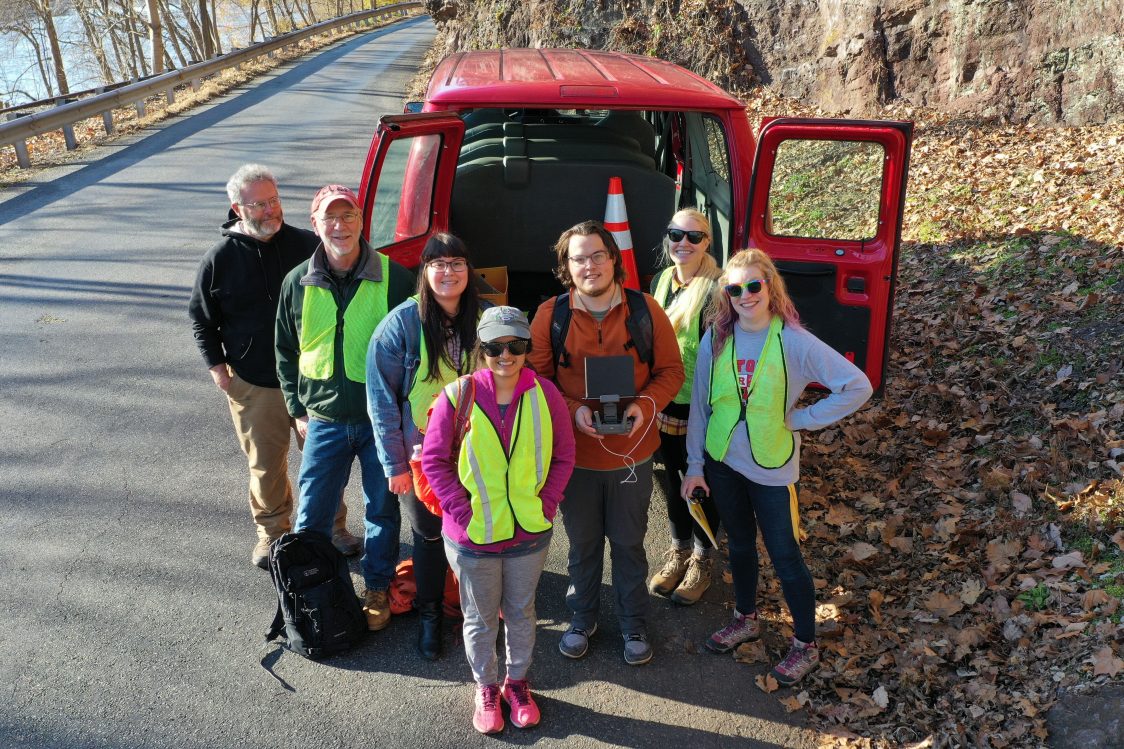By Carol Peters, EOAS Communications At the 150th anniversary of the Rutgers Geology Museum, Mosasaurs, giant lizards who lived at the time of the dinosaurs, were explored and celebrated. Mosasaurs were enormous lizards and apex predators who ruled the Earth’s waters at the time of the dinosaurs, at the very end of the cretaceous period ~95-66 million years ago. The …
SEBS Scientists Explore How Life Flourishes Near Underwater Volcanoes
SEBS scientist Costa Vetriani, professor in the Department of Biochemistry and Microbiology, is currently on the research vessel Atlantis with three of his graduate students: Avanthika Bharath, Olivia Cannon and Ian Schlegel. They are traveling 1000 miles from the shores of Costa Rica to explore and sample the underwater volcanoes along the East Pacific rise. On board is the deep-sea submarine …
Juliane Gross: On the NASA Team that Opened a Moon Sample Collected in 1972
By Carol Peters, EOAS Communications Team The sample was collected by Apollo 17 astronauts nearly 50 years ago, and it has remained untouched ever since. EOAS faculty member Juliane Gross is a member of the NASA team that opened it for the first-time last month. On March 25, 2022 at the NASA Johnson Space Center in Houston, a team of …
Rutgers Geology Museum Celebrates 150 Years
By Carol Peters, EOAS Communications Team As the first and oldest museum in America dedicated to geology, the Rutgers Geology Museum plays a vital role in the education of Rutgers University and local K-12 students and New Jersey residents. From exhibits featuring rare New Jersey minerals dating back to the early-1800s, to the legendary Ice Age Mastodon skeleton that was …
Volcanic Eruptions Contributed to Collapse of China Dynasties
Volcanic eruptions contributed to the collapse of dynasties in China in the last 2,000 years by temporarily cooling the climate and affecting agriculture, according to a Rutgers co-authored study. Large eruptions create a cloud that blocks some sunlight for a year or two. That reduces warming of the land in Asia in the summer and leads to a weaker monsoon …
Juliane Gross Awarded the Antarctic Service Medal
Gross received the award in recognition of the service she provides to the United States by conducting cutting-edge research in Antarctica. By Carol Heher Peters The United States of America Secretary of Defense has awarded EOAS faculty member Juliane Gross the Antarctic Service Medal “in recognition of valuable contributions to exploration and scientific achievement under the United States Antarctic Program.” …
How Rocks Rusted on Earth and Turned Red
Important phenomenon could help assess future climate change How did rocks rust on Earth and turn red? A Rutgers-led study has shed new light on the important phenomenon and will help address questions about the Late Triassic climate more than 200 million years ago, when greenhouse gas levels were high enough to be a model for what our planet may be like …
Rutgers NASA-Funded E•NIG•MA Project Releases New Video Exploring the Origins of Life on Earth
As part of the NASA-funded E•NIG•MA project, #EOAS faculty members Paul Falkowski, Julianne Gross, Nathan Yee and colleagues across the Rutgers Department of Marine and Coastal Sciences produced an eight-minute video with Tilapia Films titled “Tools of Science Case Study: E•NIG•MA.” Watch the video below to learn how teams of Rutgers researchers are exploring how life began on Earth by posing two fundamental questions: …
Revisiting a Volcano’s Wrath
By Craig Winston 40 years ago Mount St. Helens unleashed its fury with devastating results but much has been learned from the eruption since. Four decades have passed, yet Alan Robock and Clifford Mass are still intertwined by a rare geological occurrence: a major volcanic eruption in the United States. The 40th anniversary of the Mount St. Helens’ eruption recently …
Seeding Research
Three EOAS grants offer the promise of learning and discovery By Craig Winston The coronavirus crisis has brought the country, if not the world, to a halt, but it can’t completely derail research at the Rutgers Institute of Earth, Ocean, and Atmospheric Sciences (EOAS). Two of the three projects that received EOAS seed grants for the current academic year are …
- Page 1 of 2
- 1
- 2




